The Tribulations of Embodiment; or Body Image in Yoga
This Mental Health Awareness Week is focused on Body Image and I have to admit I was going to ignore this theme and just focus on mental health in general. Unfortunately this is a problem that I struggle with a lot and some old toxic habits have reared their ugly head recently.. So it all just felt a bit raw and I was going to steer well clear of it.
But then suddenly yesterday I realised that instead of staying stuck in my own emotional quagmire, I could zoom out a little and look at the big picture, and examine it through the yogic lens. It would seem obvious that yoga and the body go hand in hand, and I’m sure there will be plenty of articles this week about the rise of instayogis and idealised imagery that we are supposed to live up to and expensive leggings we’re supposed to buy and how damaging that is to mental health.... That’s fine but I’m more interested in what yoga philosophy can tell us about the meaning of the body, what are the implications of being embodied and how the physical aspect is only one part of our experience.
Society's love affair with the body
We are bombarded all the time with images of idealised, impossible to achieve (or maintain) physical standards, which, as visual creatures, we can’t help but fall in love with. Economically speaking, these are very useful - they drive the massive industries of fitness, beauty, fashion, even the food and drink industries. (charcoal smoothie, superfood salad, anyone?) It would be useful for us to remember that these have no bearing on reality and frankly should have nothing to do with our own self-esteem. Or you could call for more regulation of advertising and stuff.. But actually I don’t think that is going to happen anytime soon simply because the way our society is driven by this carrot and stick game of chasing after perfection and buying stuff to make that happen.
Even more than that, we are hard-wired to glorify a physically attractive body. From a survival perspective, a healthy, strong, virile body is what will keep the human race alive. Clearly it was the more fanciable cavemen and women who propagated and here we are, our very survival instinct tells us to go after attractive specimens of humanity (and by return, to try and BE one of them so that we will survive).
Even though humanity is far from the danger of extinction, this impulse is deep inside and we can’t resist it. But now, the ideal of beauty changes depending on what’s going on in society - during times of plenty being skinny is the thing, during times of lack a lovely juicy big bottom is desirable.

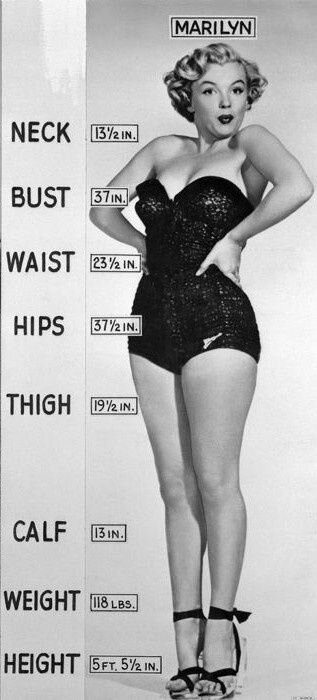
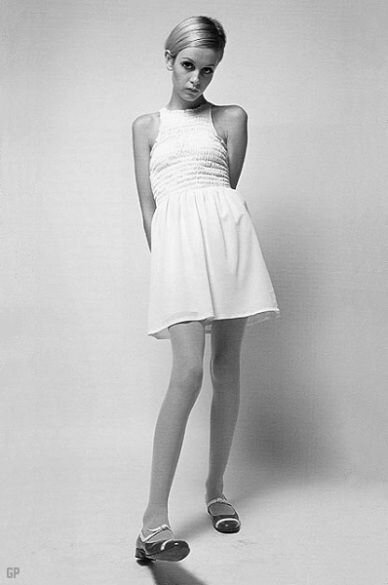
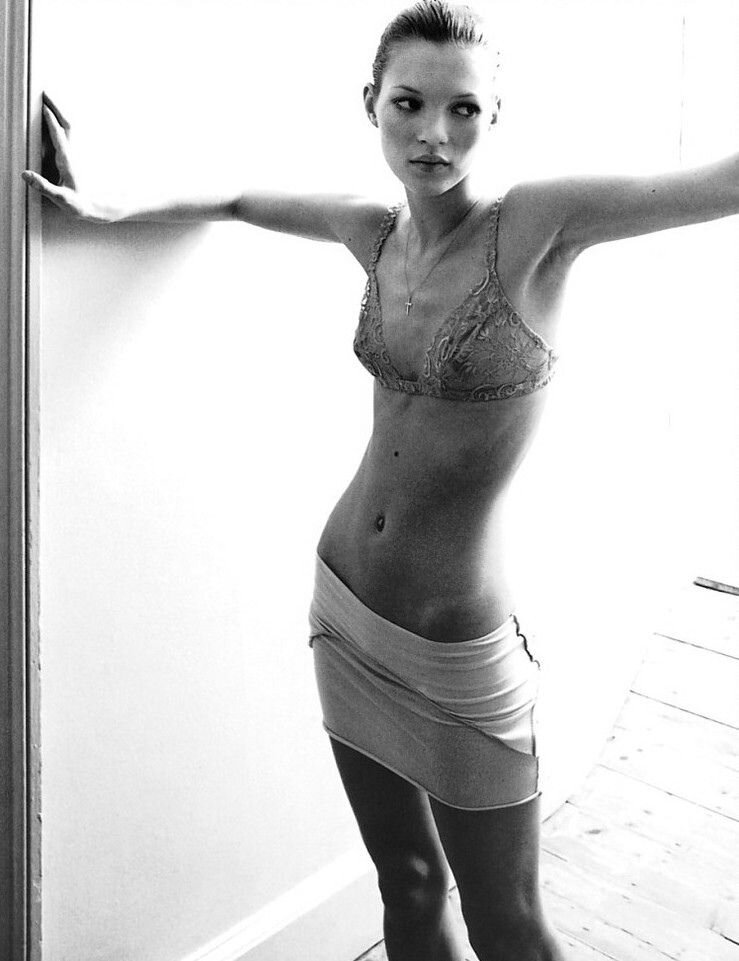

Isn’t it interesting how our standards of beauty change all the time? It’s funny how we don’t notice how arbitrary it is.
Body Image and Self-Worth
Humans are social animals and subscribing to these random rules of beauty (big eyebrows this year, glossy lips last year) is one of the ways that we bond ourselves as a clan. When we try to live up to these standards we are really striving after a sense of belonging - of survival, of love. For that reason, ideals of physical beauty are always going to be a part of the human narrative and the way our society works. What makes this relevant to mental health awareness week and why the real problems begin is when the judgement of our physical bodies spills over onto the rest of ourselves. It becomes about more than shedding a couple of pounds, and more like - ‘because my body doesn’t look a certain way, I am a bad person’.
As we’ll see later (in the yoga part of this blog) - the body and mind are interwoven completely, one could say that they are expressions of each other.. And yet - based on everything we’ve just said, surely it seems crazy that we would judge our validity as a human being on something as arbitrary as a form of physical beauty?
Not only that, but it works in the opposite direction as well. When you are feeling bad about yourself emotionally and mentally, it can express itself through physical self-loathing. My own issues of body image and disordered eating flare up not when my body is not looking right (whatever that may mean) but rather when something else is going badly in my emotional life.
This is, I suppose, what body dysmorphia is all about. No wonder we look at our own bodies and see not just skin, muscle, blood, pulsating life - but a catalogue of places where we don’t measure up. Not only do we have unrealistic standards projected all around us that we can’t resist the urge to try and live up to, for evolutionary and instinctual reasons, but because of the complexity of our human emotions, our self-worth becomes entangled in this value system, and manipulating the way our body looks becomes a way of controlling the way we feel and how we cope with the world.
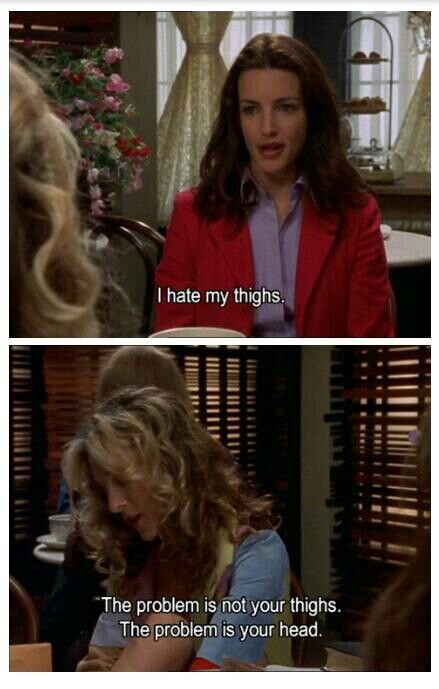
So, can yoga help with all of this??
The body-mind-spirit discipline of yoga is an excellent tool to tackle this massive problem. And indeed, a lot of the insight and self-awareness I have now has come to me through yoga practice and conversations we have in this world.
However, yogis are still people and we are still participating in modern society and unfortunately the yoga world is not immune to beauty standards and practices of judgement..
Unfortunately I’m sure many people come to the practice in order to change the way their bodies look - and on a bad day I also do this. “Ohmygod I haven’t practised today but I ate that extra thing, how am I going to burn it off” (How awful that looks written down but unfortunately that sh&t is in my head).

Fortunately the yoga world is actually holding a fairly useful dialogue, inspired by ladies like Jessamyn Stanley, about the ridiculousness of the idealised yoga body which is invariably white, skinny, blonde and wrapped in overpriced leggings.
However in yoga there’s another danger - one of the ways the practice has helped me battle my own issues is that I started focusing on how fun it was that I could do the postures, rather than how my body looked. I realise more and more that this is another form of toxic judgement - we shouldn’t have to be able to touch our toes in order to be a valid person.
Again, people are talking about this more and more - but I think that in order to get to the heart of the problem we need to go deeper.
Yoga's view of the Body
Historically, yogis saw the body as something abhorrent, an obstacle to the spiritual path. The Maitrayaniya Upanishad refers to the “ill-smelling, unsubstantial body which is nothing but a conglomerate of bone, skin, sinew, muscle, marrow, flesh, semen, blood, mucus, tears, rheum, feces, urine, wind, bile, and phlegm - what good is the enjoyment of desires?” and it wasn’t until Tantric times that the body was seen as a spiritual vehicle, and expression of the divine. By the time Hatha yoga was being practised, the body was seen as an instrument which could be fine-tuned in order to experience enlightenment as a full-body event.
This understanding was based on the view of the body laid out in the Upanishads of the self made up of five ’sheaths’ which constitute our body, mind, and soul:
Annamaya kosha - the physical body
Pranamaya kosha - the energetic body
Manomaya kosha - the mental/emotional body
Vijnyanamaya kosha - the intellectual body
Anandamaya kosha - the bliss body

Far from denying the importance of the body, this system explains how you can't get anywhere without it - and how necessarily interrelated the levels of our being are. Then we are given a map to work gradually from the visible and tangible physical self towards the subtlest level of being, pure consciousness.
The tantras describe how the beginning of any action is the first impulse of will (iccha-shakti), which is wrapped around by knowledge, (jnana-shakti) and finally takes form as action (kriya-shakti). This process describes the divine acts of god and nature - but the same principle takes place in our own bodies. Any action that we take must necessarily begin with an impulse of will. First an idea or an external trigger causes ripples in our nervous system > we respond to this with emotion or sensation > a movement arises in response > the body creates tissues around the movement, so that our actions and habits are cemented by our fascia, muscle and bone.
In this way our bodies are literally an embodiment of our thoughts, practically speaking - concrete forms made of the way we live. Whether our actions are eating cookies so we lay down some extra adipose tissue, or practising yin yoga so our fascia is lengthened, or running marathons so our heart is strong, or carrying our bag on our left side so our shoulder is droopy, or working a stressful job so we have high cortisol levels, or texting a lot so our thumbs are very dextrous, everything we do makes us how we are. When my students bemoan tightnesses in their bodies I say - but these are just souvenirs from life. Your body is literally what you do and where you have been made tangible in the form of flesh.
For that reason, then, our bodies are mutable - if we can change the way we live, then we can change the way our bodies are - on an individual scale, and as a society. After all we saw above how the ideals of beauty change depending on the cultural and economic values of a society..
This constantly adaptable and responsive physical entity is what the Bhagavad Gita calls the Field of Action (kurukshetra). Our embodied self is where spirit takes form, and the way that consciousness (whether you think of it as a universal spirit, or the individual soul), experiences the world.
All of our senses, nervous system, the ability to move, speak, pick things up and put them down - all of these are our spiritual tools to explore the world and interact with the people and things within it.
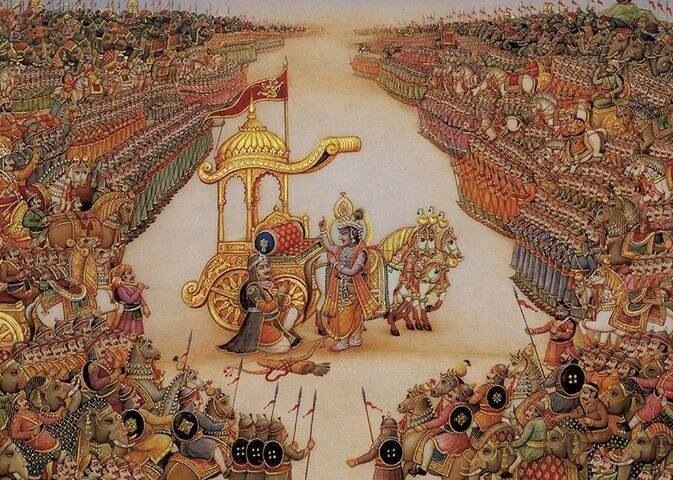
“AS a man casts off his worn-out clothes
And takes on other new ones in their place
So does the embodied soul cast off his worn-out bodies
And enters others new.” BG II.22
If our bodies form around the way we live, then it means they are exactly the way we need them to be for us to learn the lessons that life has to teach us. Things that present a challenge to me might be easy for you, simply because our experience and our knowledge are different because of where we’ve been. Similarly our bodies all respond to the yoga postures in different ways, depending on our genes, our lifestyles, all of our actions.
Through our bodies, then, we can open ourselves up, always learning, on own personalised route back to peace.
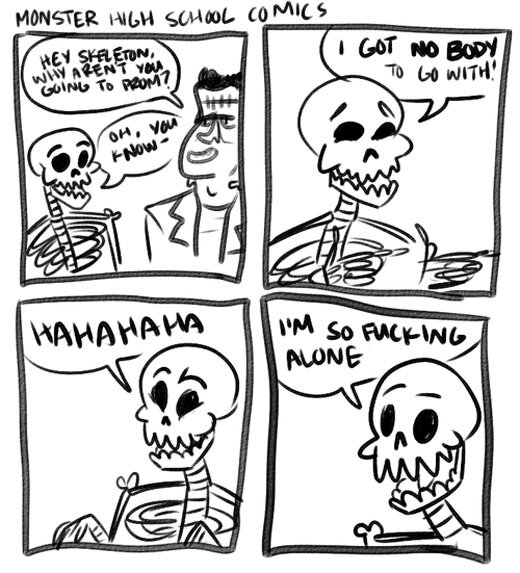
Despite what the early yogis might have said, we necessarily are existing in the world. Donna Farhi says “Where else but the body can we experience consciousness? We have to go through the body, we cannot go around it”.
“The liberation that is attainable by the shedding of the body - is that liberation not worthless? Just as rock-salt is dissolved in water, so the Absolute (brahmatva) extends to the body of the enlightened yogin.” -
Yoga-Shikha-Upanishad
How to be embodied
Yoga is a practice of witnessing, so let’s witness. To practice mindfulness is to see things as they are. And the closer we look at the body, maybe by studying anatomy, maybe by practising asana, maybe just by paying attention to the way our bodies are created by our living, the more we realise there is nothing to be upset about. As Michael Stone said, “You can know the body as a body - the more intimate you are with the breath the less personal it is.”
We are embodied - and that’s great! But we need to zoom out a little and notice the big picture. Body image is not going to be sorted by thinking positively, ‘I’m beautiful’ or ‘I’m ugly’ .
The more we pass judgement (negative OR positive) on our own and each other's bodies, the more we get caught up in the game.
What happens to me is I get drawn into the body-fixing trap, eat less, overexercise - get into shape, and feel good. Oh, nice! I feel like everything is okay... until another bad day and suddenly my body image is all skewed again (because after all it doesn't really depend on how you look) .
Buddha found when he practised asceticism that there was no limit to the attempt to purge ourselves physically.. This kind of war with our body will only end when we die.
Zen Mind, Beginners Mind - Shunryu Suzuki
What we really need to do is change our perspective on the whole thing - zoom out, and understand what the body really is - an expression of the ALIVENESS of nature.
If we can all realise that, just like the clouds or earth, like birdsong or the beating of the heart, our bodies are beautiful simply because they ARE.

